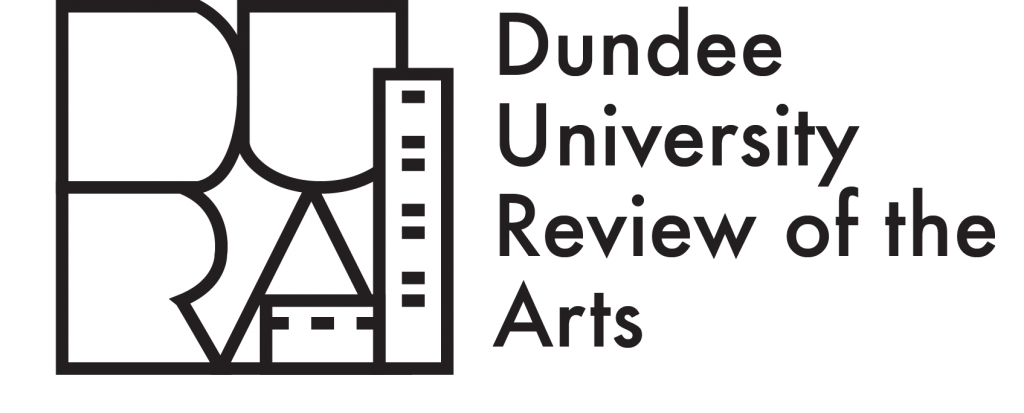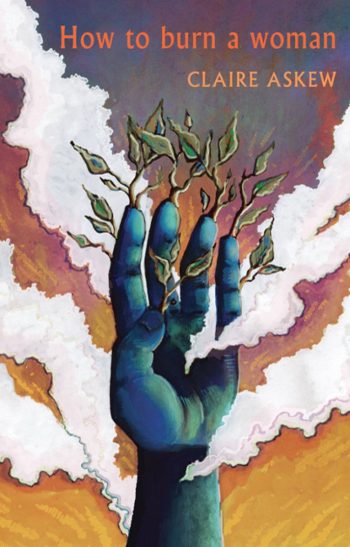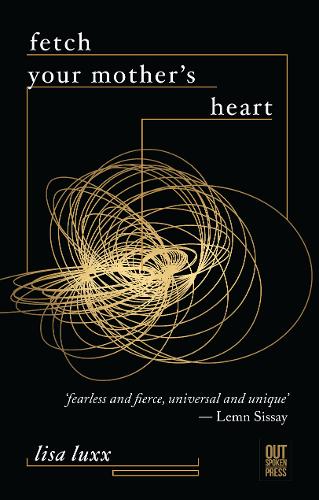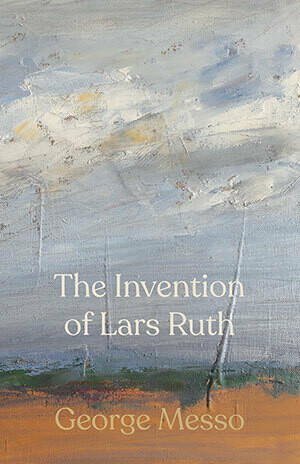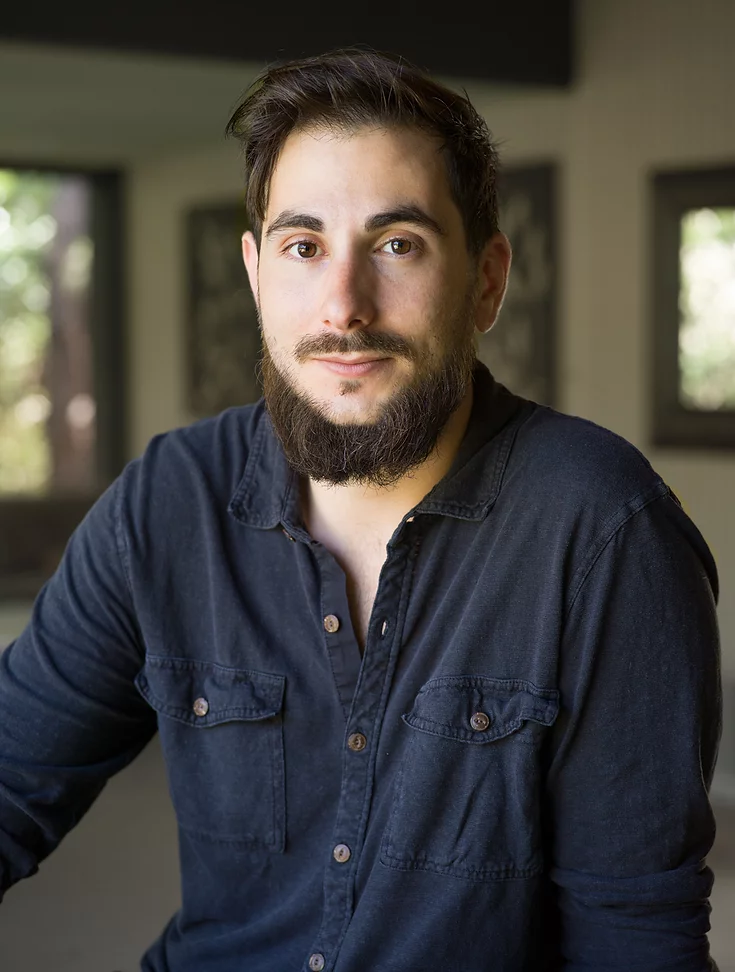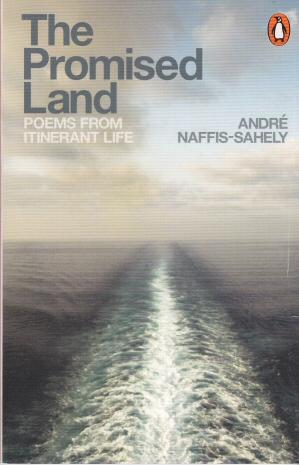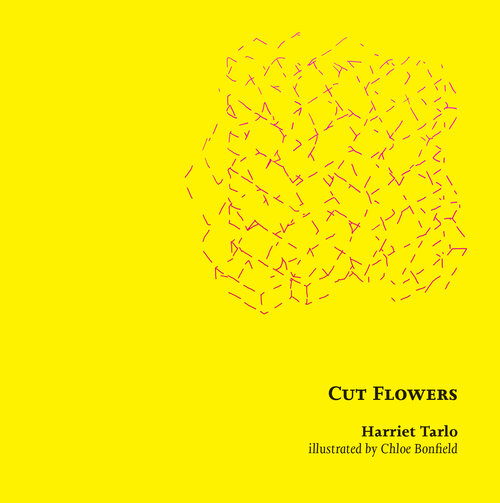How to burn a woman
In her second full-length poetry collection, Claire Askew searches for security and self-assurance within a heavily patriarchal world where institutional power reigns over individuals. Here is fiery free verse that captures beautifully the uneven forces of female empowerment and misogyny. The resolution to this tension is searched for through deftly poetic explorations of dysfunctional relationships, exploitation of the natural world, and interpretations of Salem witch trials.
